You know that look your cat gives you when you walk through the door. That brief acknowledgment before they turn away and resume their important business of staring at absolutely nothing. If your feline friend seems more like a mysterious roommate than a cuddly companion, you’re not alone. Many cats get this reputation of being aloof, emotionally unavailable, and apathetic animals, yet beneath that seemingly indifferent exterior lies a creature capable of forming profound connections with their humans.
Cat behaviorists know this isn’t actually the case – cats often form special bonds with their owners, particularly shy cats who find that one person they can trust, and that person becomes their world. Rather than being truly aloof, cats are simply discerning. The key is understanding how to speak their language and earn their trust on their terms. Let’s explore six proven strategies to transform your relationship with even the most standoffish feline.
Respect Their Personal Space and Let Them Make the First Move
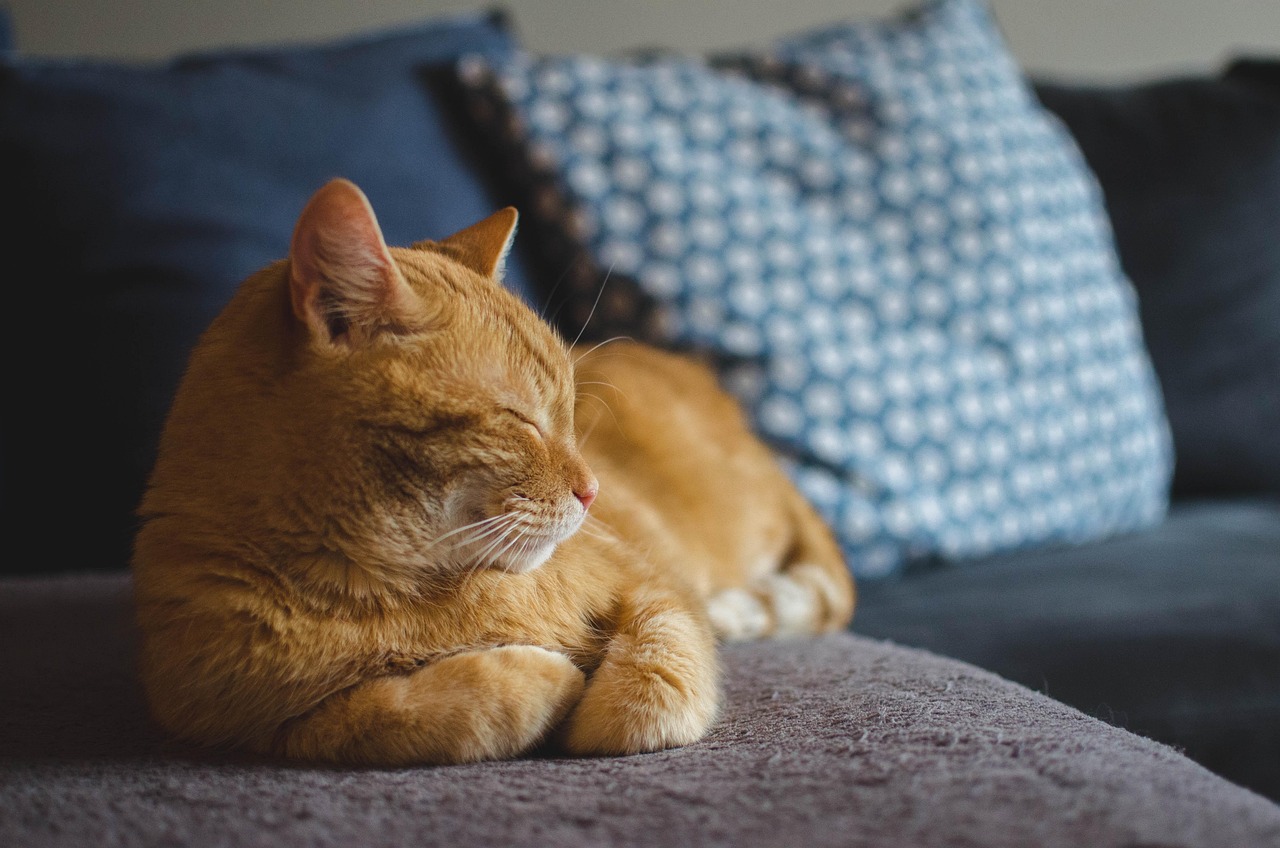
Think of your cat as that friend who takes time to warm up to new people at parties. The most important tip for bonding with any cat, whether kitten or adult, is to allow them to approach you in their own time and resist the urge to move in too quickly with physical intimacy. This might feel counterintuitive when faced with such adorable fluff, yet patience here pays enormous dividends.
By respecting a cat’s boundaries and not overwhelming them, you can build trust and allow them to become more comfortable with you, especially if they may have had a traumatic or abusive past. A stressed cat is not in the mood for bonding – if your cat has flattened ears, is tensely hunched, or twitching their tail, don’t try to chase them or force interaction because bonding simply can’t be forced.
Instead, create what experts call a “safe haven” approach. Spending time in the same room talking, singing or reading aloud can get fearful cats used to you being in their space, and simply bringing your laptop and surfing the internet can help the cat understand that you’re safe. Getting down on their level rather than towering over them makes you appear less threatening.
Master the Art of Feline Communication Through Body Language
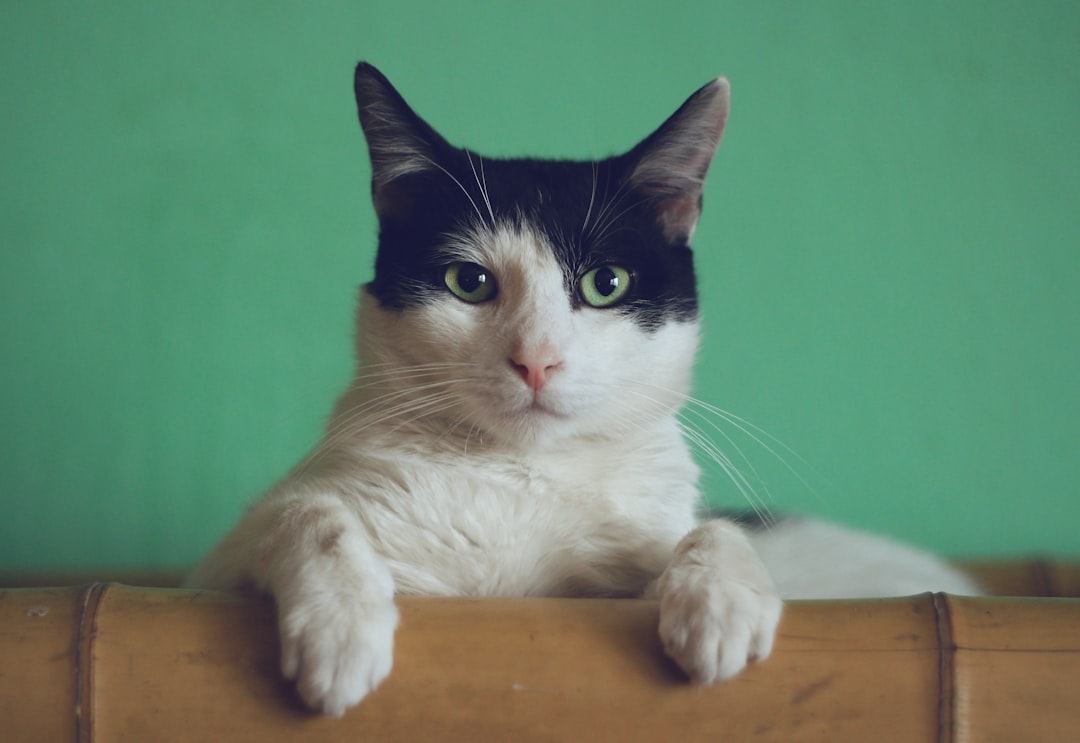
Your cat is constantly chatting with you through a sophisticated system of physical cues that most humans completely miss. They use their body including their eyes, ears, whiskers, and tail to show what they are thinking and feeling, and by learning cat body language, we can better understand and fulfill our kitties’ wants and needs. Cats are subtle and complicated in the way they communicate, but taking time to learn their body language can help strengthen the relationship and help you know when they’re happy or when they want to be left alone.
Happy cats have upright ears facing forward and tails pointed straight up with a curl at the tip, which is a reliable sign that a cat is happy and confident. When showing affection, cats rub themselves on you in figure eights with tails held high, and head butts plus chin rubbing are clear signs of love because cats have scent glands in their faces that allow them to claim friends as their own.
Watch for warning signs too. Anxious cats have ears turned sideways or back, large dilated pupils, backwards-facing whiskers, tightly curled tails, and stand in lower body positions with their head tucked in. Context plays a huge role in decoding cat body language, including where your cat is, who else is around, when they last ate, and what activities are happening nearby.
Create Interactive Play Sessions That Tap Into Their Natural Instincts

Playing with your cat is an excellent way to bond and build a strong connection, and play is so powerful that it’s used as a technique to socialize feral and undersocialized cats and help them trust people. The secret isn’t just tossing them a toy and walking away. Playtime with your cat benefits you both and offers bonding time for you both.
The best cat toys either mimic prey or simulate a hunt, with wand toys adorned with feathers, strings, bells, and small stuffed creatures making it easy to engage with your cat. Simple feather wand toys encourage physical activity, sharpen reflexes, and strengthen the bond between you and your feline friend. However, mechanized toys should not replace human interaction with your cat because playing with you is an important part of bonding and social interaction.
Timing matters enormously here. Your cat should have access to toys they can play with themselves at all times, but try to set aside 10-15 minutes for dedicated interactive sessions. Use interactive toys like feather wands or laser pointers to engage their natural instincts and provide mental and physical stimulation, creating positive associations with you while fostering companionship and keeping your kitty healthy.
Use Food and Treats as Trust-Building Tools

The stereotype that your cat will love you more if you feed them treats might be a little bit true, and experts recommend ensuring that you are the source of nothing but pleasant and delicious things, like good food. You can treat your cat every day as long as it doesn’t exceed 10% of their daily nutritional intake, and cat behaviorists recommend giving a treat in greeting while using the cat’s name every time you say hello.
Food puzzles take this bonding strategy even further. Food puzzles require your cat to manipulate toys to release food or treats as they interact, with some requiring rolling until food comes out while others need paw manipulation to access treats, providing great problem-solving opportunities that satisfy hunting and foraging instincts. By requiring your cat to work for their food, puzzle feeders can turn mealtime into playtime.
Try offering treats in an outstretched hand first, and if your cat seems interested, settle some treats in your lap – that might be all it takes to have your cat sit in your lap. Think of yourself as a walking treat dispenser who also happens to provide excellent entertainment value.
Establish Consistent Routines That Build Security and Trust
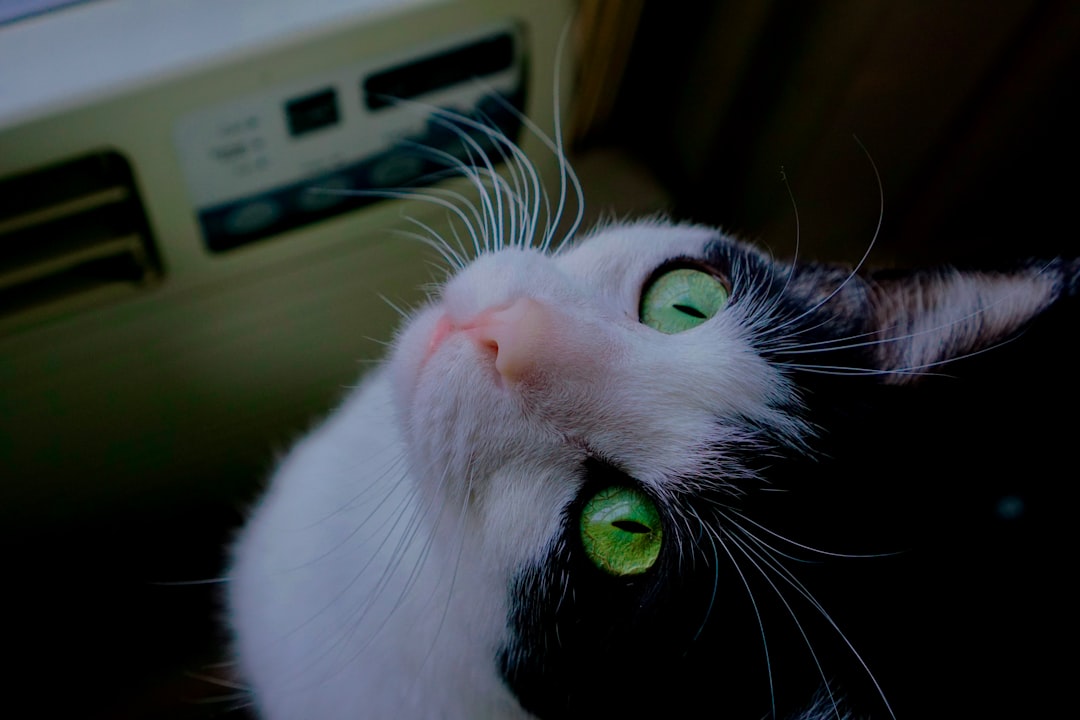
Cats tend to take comfort in consistency and are creatures of habit, finding it difficult to adjust to new environments with plenty of new sights, smells and tastes, but you can help ease their transition by maintaining consistency as much as possible. Routine is so important to a cat’s health that disrupted routines can cause stress behaviors in cats, so establishing a routine quickly helps you bond with them while keeping your cat healthy.
If you want to establish trust between you and your cat, have a consistent routine. Establish a daily routine that includes regular feeding times, play sessions, and quiet time because consistency helps your cat feel secure and reassured as they learn to anticipate and rely on the routine, and this stability strengthens the bond and fosters trust.
Your consistency becomes their security blanket. Maintain consistency in your feline’s daily routine by feeding them at the same times, playing during predictable windows, and even maintaining regular sleep schedules. Cats thrive on a structured routine, and when they can predict your behavior, they’re more likely to trust and bond with you.
Practice Gentle Affection and Learn Their Love Language
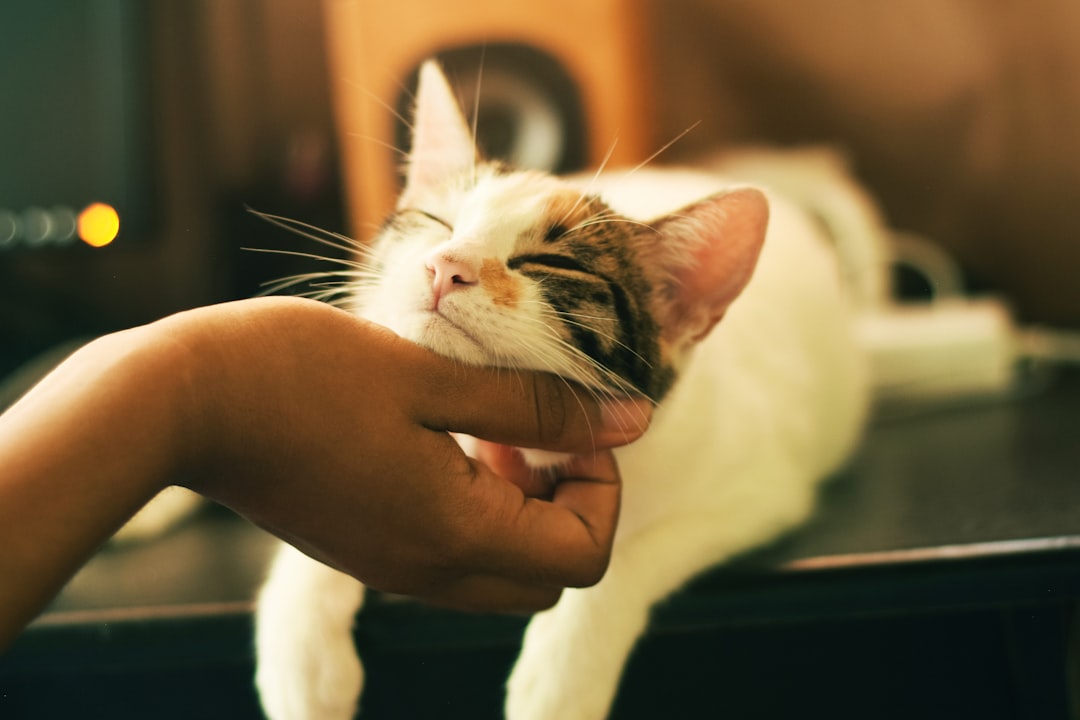
Like people, cats have love languages, and every cat has their own preferences – getting to know your cat and forming a relationship with them is a lifelong process where their needs and desires can change over time. Giving respectful affection is important for bonding with a cat, and while some enjoy being held and cuddled, others prefer more subtle forms of affection, so pay attention to your cat’s preferences and respect their comfort level.
One of the best ways to gain affection is by using your touch to stroke them in ways they love, letting your cat control how long the petting session lasts while leaving them free to escape, and always using slow, predictable and calm movements without sudden, frightening gestures. Many cats like being scratched between the ears, at the base of their ears, on the chin, along their back or on the sides of their body, but without enough trust, most cats would not like being touched on their feet, tail, and underbelly.
Lots of cats enjoy being brushed as it imitates how they groom each other naturally and increases affection, though sensitive cats may prefer a grooming mitt, and it’s best to start with short grooming sessions and build up gradually. Remember that if a cat blinks slowly at you, they trust you and are not threatened, so you can bond with them by returning their gesture by blinking slowly back. These “kitty kisses” are pure gold in the feline world.
Conclusion
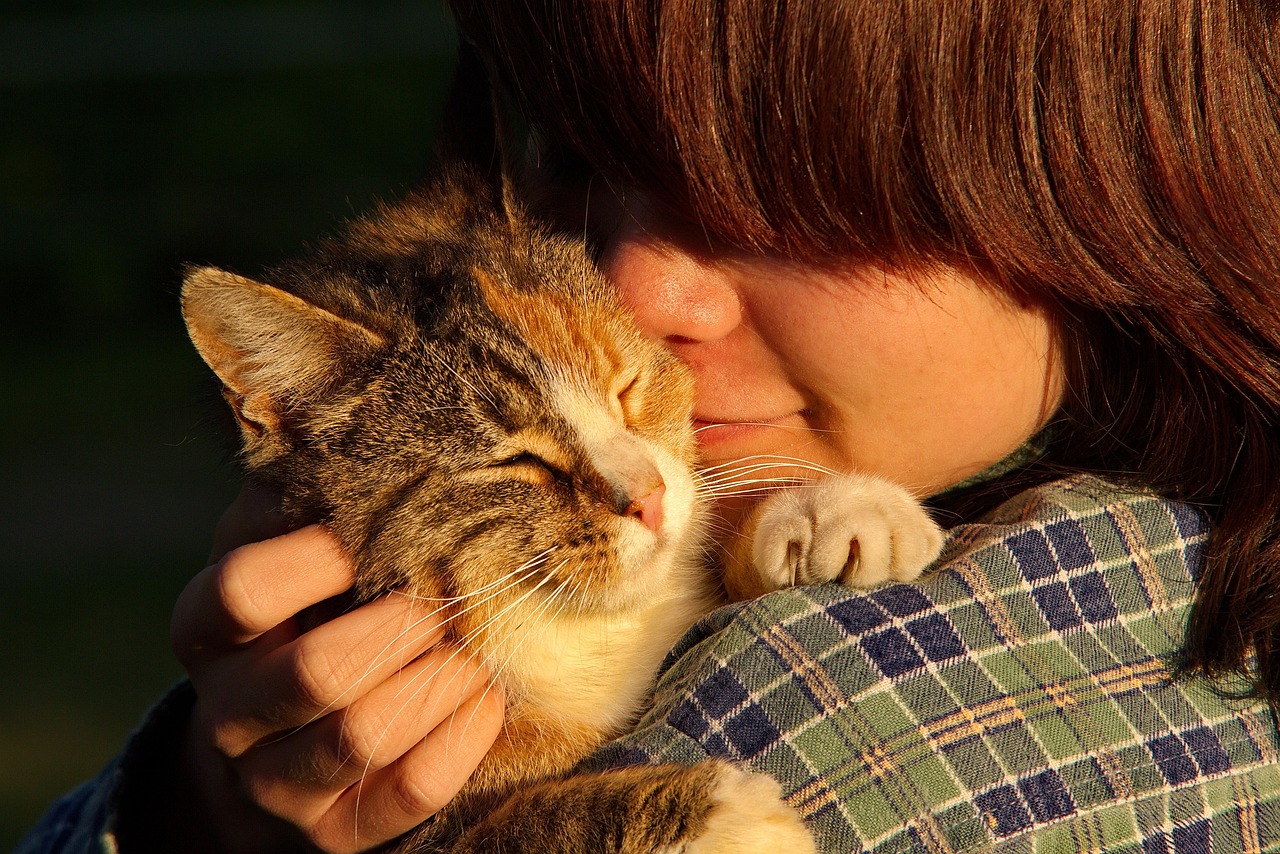
Building a bond with an aloof cat isn’t about forcing affection or overwhelming them with attention. It’s about becoming fluent in their unique language of trust, patience, and respect. By considering the world from your cat’s point of view, you can provide enriching activities that reinforce to kitty that, for a human, you’re not that bad after all and worthy of head bunts. The transformation won’t happen overnight, yet with consistent effort and understanding, even the most standoffish feline can become your devoted companion.
Patience and consistency are the most important parts of building a strong bond with your cat – respect their space, learn to understand their body language, create a consistent daily routine, use positive reinforcement, and spend quality time with them, and over time all of these will add up to a strong bond. What do you think about these strategies? Have you tried any of them with your own mysterious feline friend?





